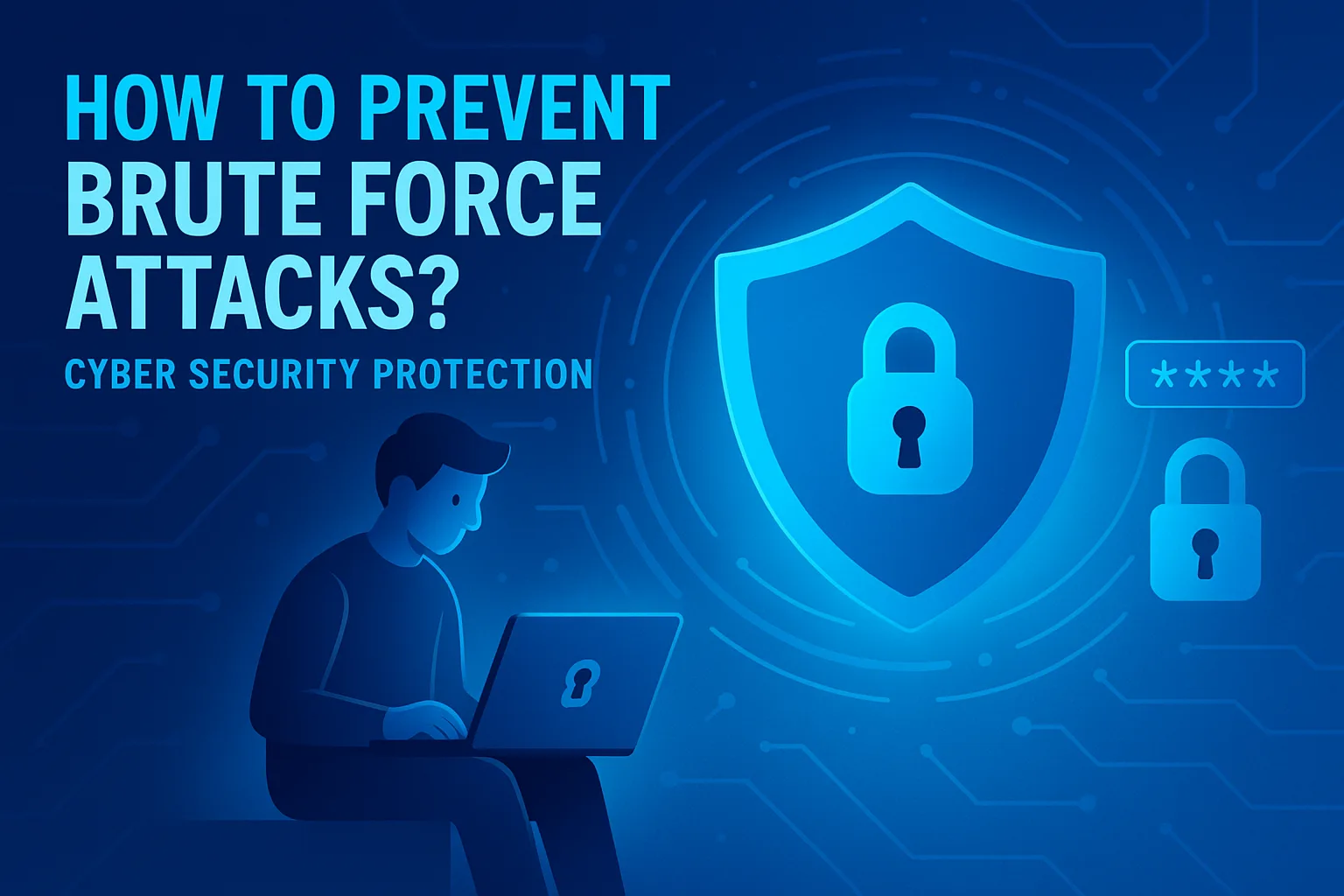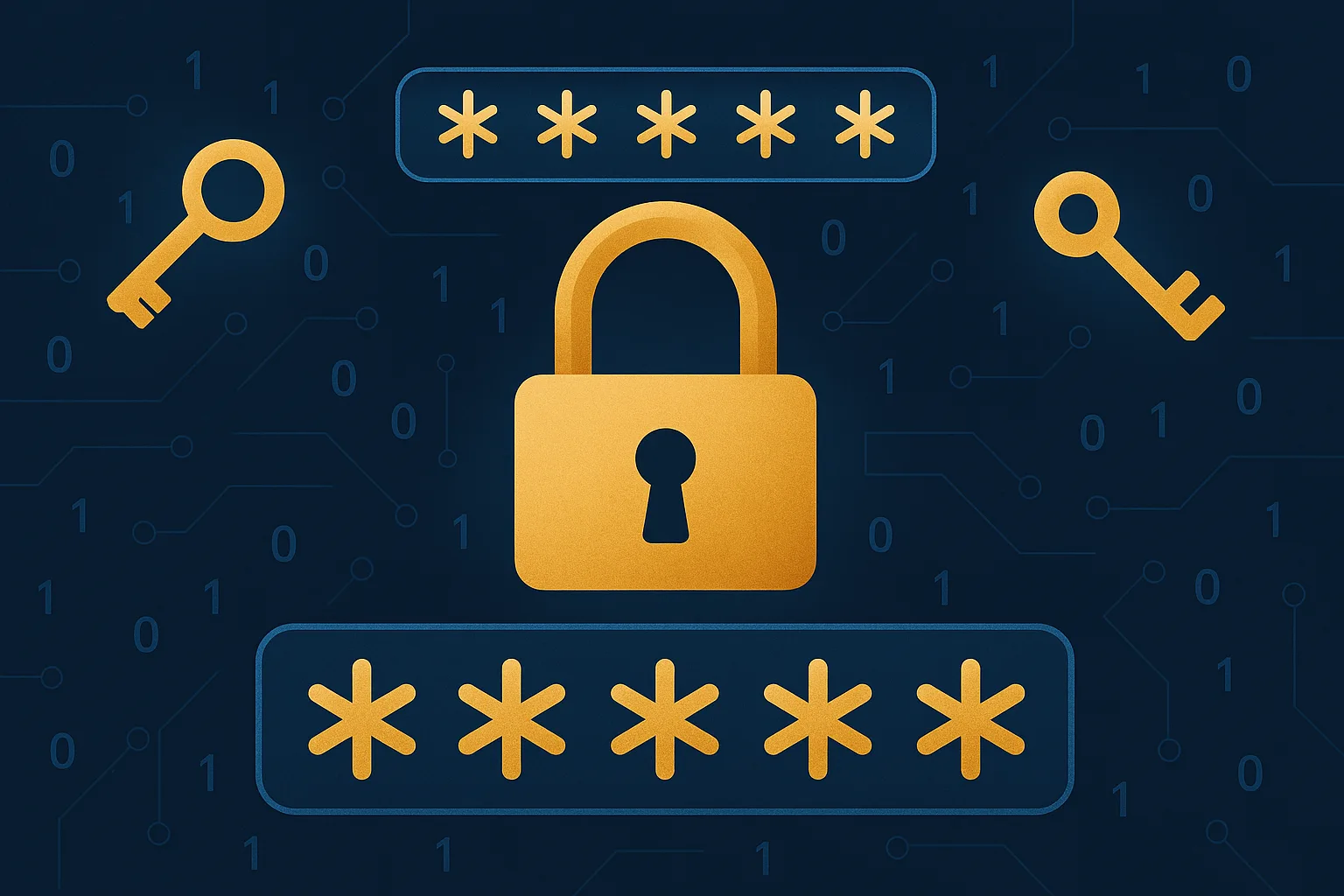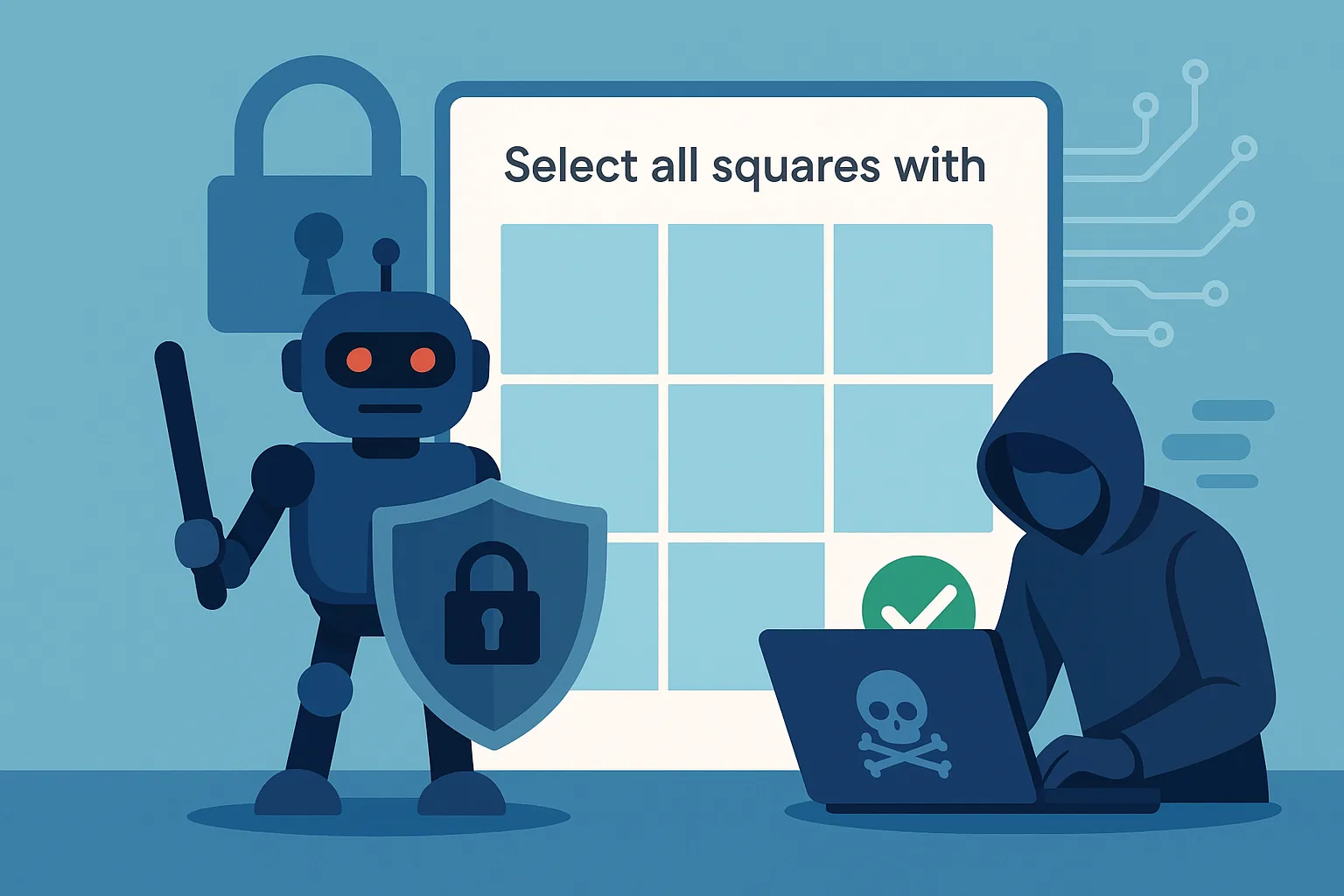
Brute force is a common cyberattack in which hackers attempt to guess the login credentials of a target account by trying numerous combinations through trial and error, either manually or using automated tools.
Any website that requires authentication can be vulnerable to brute-force attacks. Accounts with weak credentials are especially vulnerable, potentially leading to data theft, extortion, or malicious access.
Brute force attacks don’t target specific website flaws, but securing your infrastructure remains crucial. A VPS is a reliable solution, and paying with digital assets adds privacy by reducing financial data exposure.
If you buy VPS with tether and host your site on it, you’ll gain the performance and stability needed to handle a high volume of login attempts without experiencing slowdowns or crashes.
Moreover, with its root access, you can take all the necessary measures to prevent brute force, such as account lockouts, two-factor authentication (2FA), and CAPTCHA verification.
Table of Contents
10 Techniques to Stop Brute Force Attacks
Countering brute force attacks starts with establishing a trusted infrastructure and continues with security measures like multi-factor authentication and limiting failed attempts.
1. Implement Website on a Reliable Infrastructure
Sending a large number of simultaneous and consecutive requests to the login page will cause excessive consumption of server resources, which will disrupt site performance and even cause complete server unavailability.
It’s wise to build your website on a secure and reliable infrastructure to ensure it can effectively withstand malicious attacks. Strong hardware, 99.99% uptime, and advanced security and protection tools are essential for a trustworthy server.
You can buy VPS that provides you with a robust yet affordable infrastructure. Even better, you can pay for it with tether, which ensures convenience and card data protection. Check details to see what tether VPS plans have to offer.
This server not only handles traffic from brute force attacks but also provides root access to implement measures that keep the site secure and performant.
2. Enforce the Use of Strong and Unique Passwords
A strong password policy builds the foundation for safe hosting, and since safe hosting improves data security, it becomes crucial to protect sensitive data across all digital operations.
You should create a password policy that discourages weak passwords and encourages users to use long, complex passwords.
- You can further define this policy with the following rules:
- Password length should be at least 8 characters.
- Use a mix of uppercase and lowercase letters, numbers, and special characters.
- Avoid using common words or personal information in passwords.
- Use long passphrases that contain spaces and unique characters.
- Do not use dictionary words from any language.
- It is better to use random character strings instead of words.
- Create guidelines for periodically updating passwords.
You can integrate a password manager with the registration page to prevent brute force attacks more securely and accurately. This will simplify the creation of strong passwords for users and ensure their safe storage.

3. Implement Multi-Factor Authentication (MFA)
Relying only on a password is not secure when you use tether VPS to perform sensitive tasks, such as website hosting. Adding extra authentication methods helps reduce the risk of unauthorized access.
The most common MFA authentication method combines the account password with unique codes received by phone or email.
But if you want to complicate the authentication process further, you can implement other methods, such as biometric scanning, hardware security tokens, or Authenticator apps.
4. Limit Login Attempts
Limiting login attempts by locking the account after several failed tries makes it much harder for attackers to guess the password and stop brute force attacks.
You can configure this setting in the operating system’s security policy section. If you have root access on VPS from a reliable provider, you can customize it to meet your needs.
However, users may forget their passwords and trigger a lockout by mistake. To ensure a smooth experience, allow secure and quick account recovery via email or phone after a temporary lockout.
5. Enforce CAPTCHAs
When you buy VPS with tether to give your website the power to handle real user traffic, the last thing you want is to waste resources on automated bot requests.
CAPTCHAs help filter fake traffic and ensure your server focuses on genuine visitors.
The “I’m not a robot” checkbox is the most common CAPTCHA, but advanced methods like image clicks, pattern recognition, or puzzles can also be integrated to secure login and registration forms.

6. Set Up IP Address Restrictions
You can create a list or range of trusted IPs and only allow them to access sensitive areas like the admin panel or login page. This will block login attempts from malicious or unknown IPs to stop brute force attacks on VPS.
Even if you have identified specific locations as the source of brute force attacks and are looking for how to prevent brute force attacks from these locations, a tether VPS with root access allows you to restrict IPs from that geographic region to restrict their access.
However, remember that tools like VPNs can be used to change IPs, making this cyber security protection strategy ineffective.
7. Delete inactive accounts
More user accounts mean more potential entry points for cybercriminals, increasing the level of brute force attacks.
Review user activity and identify inactive accounts to prevent unauthorized access. To mitigate potential threats, you can even automatically disable or delete accounts after a set period of inactivity.
Users with administrative access are at higher risk. Try to limit the number of admin accounts from VPS, and avoid using well-known usernames like admin and administrator for them.
8. Use Unique Login URLs
Using a single login URL for different user groups makes brute-force hackers’ work easier.
Creating unique login URLs for admins, regular users, and other groups is a good idea to make it more time-consuming and challenging for hackers to access the login page.
This isn’t as effective as MFA authentication or CAPTCHA methods for cyber security protection, but it’s enough to make accessing the login page annoying for hackers and protect your tether VPS from brute-force attacks.
9. Use Web Application Firewalls (WAFs)
You should also strengthen your website security by placing it behind a web application firewall (WAF) and addressing key cybersecurity considerations when scaling a digital business to ensure comprehensive protection.
Rate Limiting, IP Blocking and Blacklisting, and CAPTCHA Implementation are the necessary features to prevent brute force attacks that most WAF providers, such as AWS and CSF provide.

A versatile WAF can answer all the questions about how to prevent brute force attacks in one place. Some WAFs even offer different authentication methods and IP filtering so you can implement all these strategies centrally.
If you buy VPS with tether due to its high security and affordability and equip it with a powerful WAF, you can ensure that no hacker can easily expose your website to brute force attacks.
10. Monitor and Log Server Logs Regularly
You should regularly review log files and login activities to detect signs of brute force attacks in time.
To achieve greater accuracy, you can use the reporting tools provided by the VPS provider or other third-party tools, such as Fail2Ban, which was developed for this purpose.
A high number of failed login attempts, unexpected changes in IP addresses, or logins from inappropriate geographical locations are some of the most critical signs of brute force attacks that you should consider when monitoring logs.
Types of Brute-Force Attacks
Below are the five common types of brute force attacks:
1. Simple Brute Force Attack
This attack targets one or more user accounts by attempting to crack their passwords through repeated combinations of characters and numbers.
While it can be effective against short or weak passwords, it becomes significantly less successful as password length and complexity increase.
2. Dictionary Attack
Instead of randomly generating passwords, the attacker compiles a list of commonly used passwords and dictionary words, then systematically attempts each one until the correct password is found.
3. Hybrid Brute Force Attack
A hybrid attack blends dictionary attacks with common password variations and patterns.
It starts with known words or phrases in the dictionary and then tries different combinations, adding numbers or special characters, and replacing letters to increase the chances of password cracking.
4. Credential Stuffing
This attack relies on credentials obtained from data breaches, which are often sold on the dark web. While it has a low success rate, it emphasizes the importance of updating usernames and passwords.
5. Reverse Brute Force Attack
This attack begins with a publicly known or leaked password. Then, the attacker automatically tests this password across multiple user accounts until a match is found.
How to Detect Brute Force Attacks?
As cybersecurity threats are on the rise for businesses, recognizing the early signs of brute force attacks on your VPS and website is crucial to prevent serious damage.
- Repeated failed login attempts from the same IP address
- Multiple login attempts using different usernames from a single IP
- Logins for a single account coming from many different IP addresses
- Login activity from suspicious or blacklisted IPs
- High CPU usage, resource strain, or unusual bandwidth consumption
- Unusual spikes in network traffic during off-peak hours
- Login attempts using sequential or predictable usernames/passwords (e.g., user1, user2, admin123)
- Unexpected account behavior following a successful login
- Login attempts using outdated or inactive accounts
- Sudden access to restricted or admin-only areas
- Unusually short intervals between login attempts
- Frequent login failures on specific endpoints like admin panels
It’s essential to promptly monitor and address these signs to prevent the primary motivations of brute force attacks, such as data theft, malware distribution, and service disruptions, from being realized.
Post-Brute Force Attack Security: How to Avoid Data Breaches
Having a powerful VPS can prevent the risks of hardware weakness and slowness, but you must know how to overcome these critical situations.
Regularly monitoring server logs allows you to detect unauthorized login attempts and block the accounts before the attackers can execute their malicious actions.
Failing to protect your business assets and information is one of the most dangerous cybersecurity mistakes, making it essential to implement strong security measures before they get compromised.
Implementing a crisis management plan, providing employee training to enhance security awareness, and regularly assessing vulnerabilities are key steps you can take to safeguard your business.
Just as you decided to buy VPS with tether to increase the security and confidentiality of credit card information. If your website is also equipped with an online payment system, you should take the necessary measures to boost the security of your payment processes.
The main strategies for protecting payments are using IVR, vulnerability testing, and team training.
By taking these proactive steps, you can significantly reduce the risk of security breaches after a brute-force attack and ensure your business’s long-term safety and success.
Conclusion
To effectively prevent brute force attacks, it’s crucial to implement a secure and reliable infrastructure, enforce strong authentication practices, and regularly monitor for suspicious activity.
By using tools like multi-factor authentication and CAPTCHA and blocking malicious IPs, you can significantly reduce the risk of unauthorized access. With these proactive measures in place, you’ll better protect your assets and your business’s integrity from evolving cyber threats.
